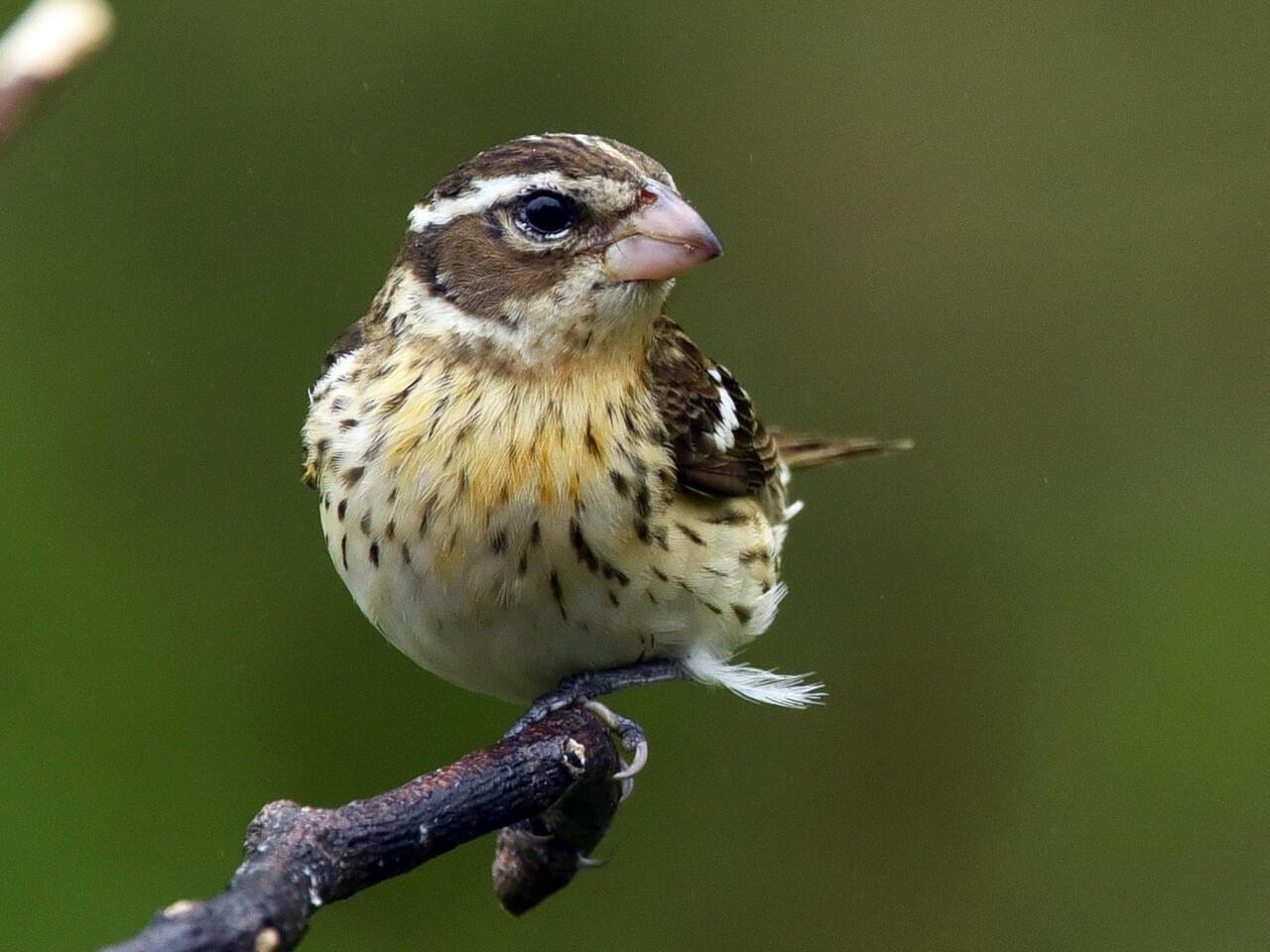Rose-breasted Grosbeak
Rose-breasted Grosbeak
(Pheucticus ludovicianus)


Rose-breasted Grosbeak nest
Photo © René Corado

Rose-breasted Grosbeak eggs
Photo © René Corado
Song
© Jay McGowan / Macaulay Library
Song
© Wil Hershberger / Macaulay Library
Song
© Darrell Peterson / Macaulay Library
Calls
© Jay McGowan / Macaulay Library
Calls
© Jay McGowan / Macaulay Library
Calls
© Brad Walker / Macaulay Library
Calls
© Dolly Minis / Macaulay Library
Calls
© Jay McGowan / Macaulay Library
Flight calls
© Brad Walker / Macaulay Library
Flight calls
© Michael O'Brien
Where To Find It

Source: Birds of the World
Habitats
Substrates
What You'll Find
Nest Type
Chick
Clutch Size
3
4
5
Nest Height
20 ft
4 ft
Nesting Statistics
Incubation Period
11-14
days
days
Brooding Period
9,12
days
days
Useful Hints
- The nest of the Rose-breasted Grosbeak is so thinly constructed that eggs often can be seen from below through the nest.
- The male Rose-breasted Grosbeak participates in incubation of the eggs.
- Both sexes sing quietly to each other when they exchange places. The male will sing his normal song while near or actually on the nest.










